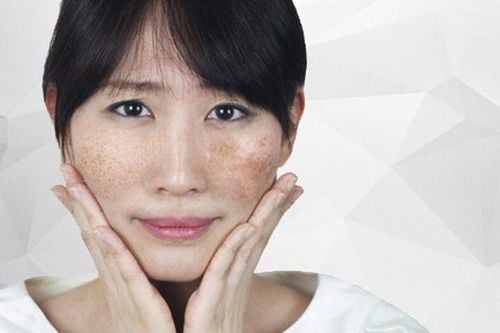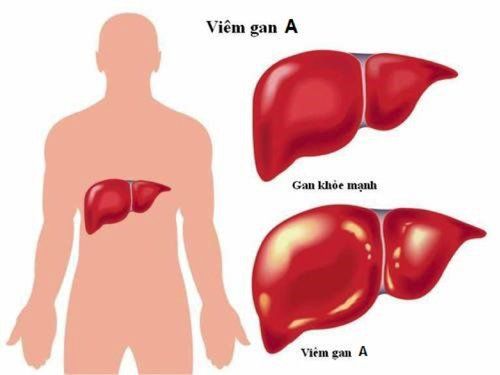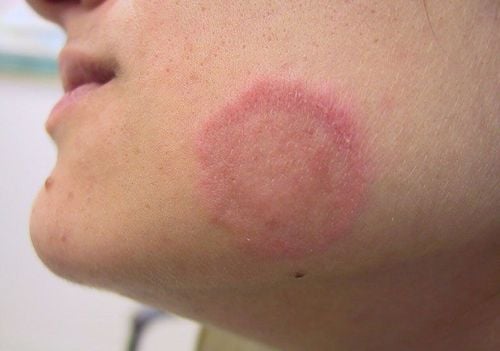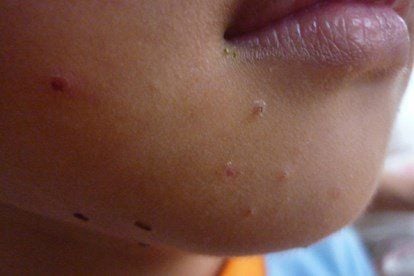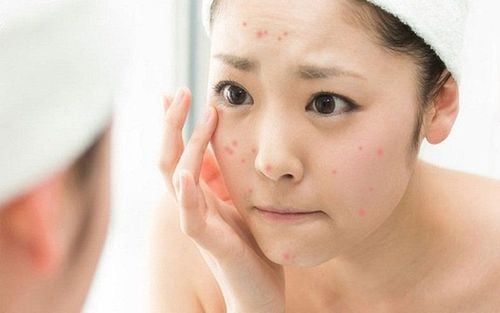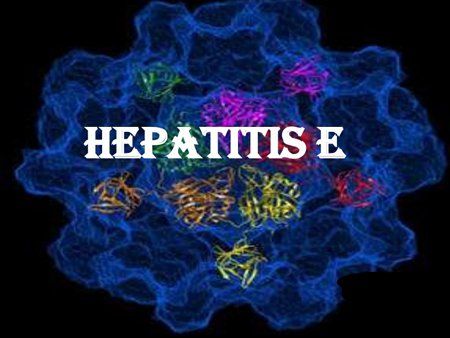This is an automatically translated article.
The article was professionally consulted by Specialist Doctor I Tran Van Sang - Dermatologist - Department of Medical Examination & Internal Medicine - Vinmec Danang International General Hospital.1. What is molluscum contagiosum?
Molluscum contagiosum is an infectious disease caused by a bacterium in the Poxvirus group. When infected, the skin will appear as a lump on the surface that is red or waxy white. Molluscum contagiosum is not painful for the person infected, but they can cause pus, and molluscum contagiosum may go away on its own after a few months.Molluscum contagiosum can spread disease. People infected with HIV/AIDS often get molluscum contagiosum, and people who come into direct contact with the skin of a person with molluscum contagiosum are also infected.
If the skin with molluscum contagiosum is in the genital area, the molluscum contagiosum is classified as a sexually transmitted disease (genital molluscum contagiosum).
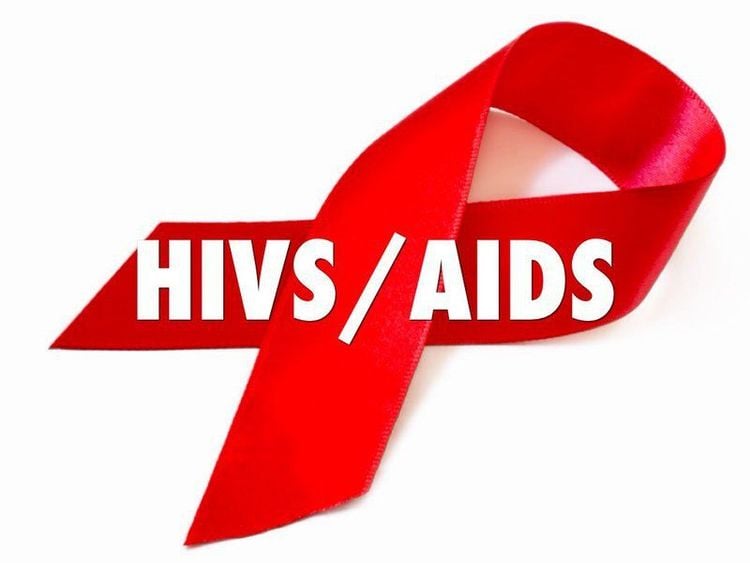
2. What causes molluscum contagiosum?
Molluscum contagiosum is caused by a virus in the Poxvirus group. This virus spreads easily through direct contact such as touching the skin - acne-affected areas or contaminated objects such as clothes, towels, shared baths, shared towels, exercise equipment, ... of the patient.In addition, this virus can also be transmitted sexually if safe sex practices are not practiced.
In addition, the remaining cases are people with weak immune systems, hereditary atopic dermatitis or other infectious diseases.
3. Molluscum contagiosum symptoms
When molluscum contagiosum, small fleshy lumps appear on infected areas such as the face, eyelids, armpits, and thighs. In particular, molluscum contagiosum does not appear on the palms and soles.These fleshy molluscs do not cause itching, pain, or swelling. Tumors are less than 0.5cm in size, have a round shape with a depression in the middle and have a waxy white fluid containing the virus. If this tumor is broken during contact, the waxy white fluid will flow out, causing the virus to spread to nearby skin areas and spread to the outside environment. Therefore, the disease can spread to those around, causing the risk of disease.
Several lesions join together in an array. Distribution of skin lesions. In children, acne mainly grows on the trunk and legs, in adults, it is often found on the lower abdomen, inner thighs, pubic bone, and genitals. It can also be seen in the mouth and tongue.
If molluscum contagiosum appears in the eyelid area, the bacteria will infect the eye, causing the sufferer to have pink eye symptoms.
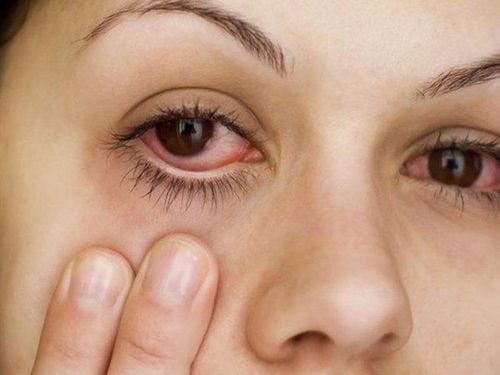
4. Molluscum contagiosum treatment
Currently, there are many different methods to treat molluscum contagiosum. The common goal of many different treatments for molluscum contagiosum is to destroy the lesion. The drugs used for treatment are mainly erosive drugs. The use of erosive drugs can cause edema, softening of the stratum corneum of the epidermis, followed by scabbing.Topical medicine is a simple yet effective treatment for soft nodules. However, depending on the severity or mildness, the doctor will give different indications. Some topical drug products treat molluscum contagiosum such as:
Use cantharidin 0.7% to apply to the nodules. But the drug is not used in molluscum contagiosum growing on the face. Apply 0.025% or 0.01% tretinoin cream, imiquimod cream, gel or cream at night before bed. Trichloroacetic acid is used to peel the affected area every 2 weeks. Drugs are usually only given to people with good resistance and patients with extensive lesions. Some common methods of treating molluscum contagiosum outside of topical application are:
Cryotherapy with nitrogen: This is a method of using liquid nitrogen with extremely low temperature to cure molluscum contagiosum on the skin. This method is widely applied due to its safety and high efficiency. Curret curettage: Before curettage to remove soft tumors, the doctor will numb the affected areas and conduct curettage. In other cases, a laser method can be used.
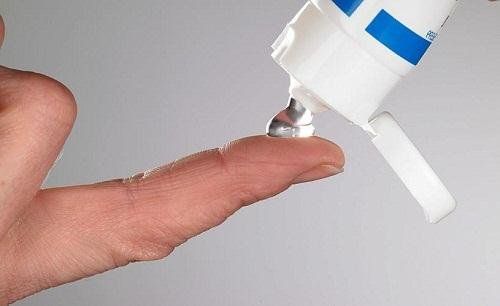
Go to medical centers for medical examination and treatment to receive treatment. diagnosis, treatment instructions Do not scratch, or prick the nodules, causing the molluscum to burst and spread the virus Follow the instructions of a dermatologist during treatment Do not contact directly Contact with other people's skin Use separate personal items when sick to avoid infecting others. Bandage the skin with molluscum contagiosum with medical gauze to prevent the virus from spreading to the environment. Do not go to public, crowded places such as swimming pools, saunas, ... to avoid spreading the disease to others. Follow up with your doctor's appointment. If you have a need for consultation and examination at the Hospitals of the national health system, please book an appointment on the website for service.
Please dial HOTLINE for more information or register for an appointment HERE. Download MyVinmec app to make appointments faster and to manage your bookings easily.





